New Porsche crest hones the lines and forms of the famous German automotive brandmark
The updated Porsche badge, part of the brand’s 75th anniversary year, subtly reshapes every element to keep the logo current in the age of electrification

Michael Mauer, vice president of style at Porsche, has overseen the creation of a new Porsche badge, the latest iteration of a longstanding and ever-evolving symbol of sports motoring.
Ferrari isn’t the only company to have a rampant horse on its badge. Although the Italian stallion was originally associated with 1930s racing Alfa Romeo, Enzo Ferrari’s former team, it has been associated with Ferrari’s own cars since the first Ferrari 125 S of 1947.

The new Porsche crest and badge, left, and the design it replaces
The following year, a new sports car maker emerged from the ashes of post-war German industry. Porsche’s badge has more in common with traditional heraldry than its Italian counterpart. The horse comes from the flag of the city of Stuttgart (‘stud garden’, a name which gives away its horse-breeding history). The first badge bore the name of the company and its hometown, with the black and red colouring and deer-antler motif lifted directly from the shield of Württemberg-Hohenzollern, the state founded in 1945 and eventually becoming part of Baden-Württemberg.

The evolution of an iconic badge
This clearly Germanic symbol was partly due to influential car importer Max Hoffman, the man who brought Porsche to the USA. Hoffman wanted the new 356 sports car to better signal its origins, and the crest was drawn up in 1952, four years after the car debuted.
The draughtsman behind the logo was one Franz Xaver Reimspiess, an Austrian engineer responsible for much of the mechanical innovation behind the Volkswagen Beetle. Reimspiess was also rumoured to have designed the Volkswagen logo in 1936.
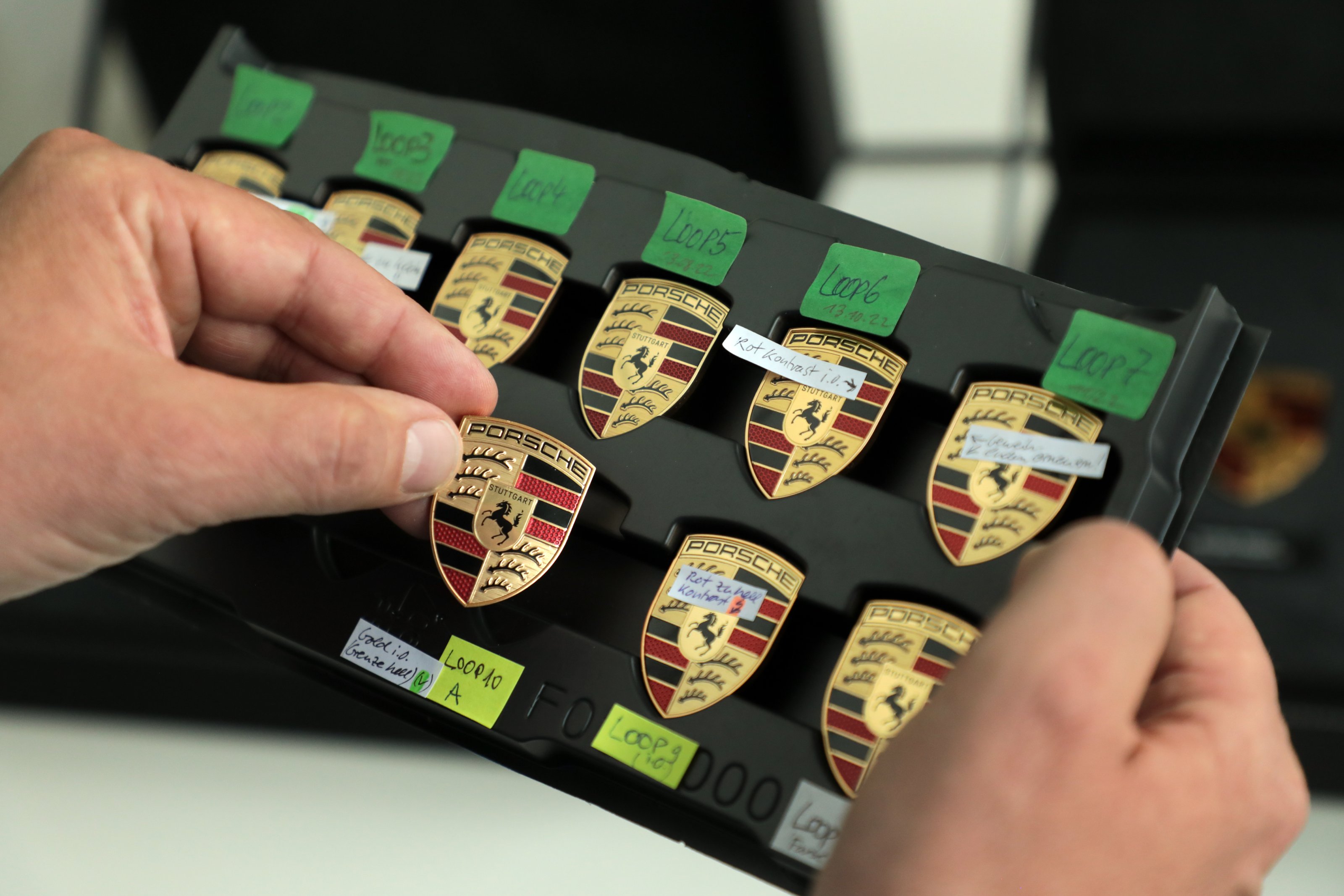
The new crest maintains the form and dimensions of the original but tightens up every element. ‘The “75 years of Porsche sports cars” anniversary was the occasion for us to fundamentally rework this trademark,’ Mauer says, ‘We reinterpreted historical characteristics and combined them with innovative design elements such as a honeycomb structure and brushed metal.’
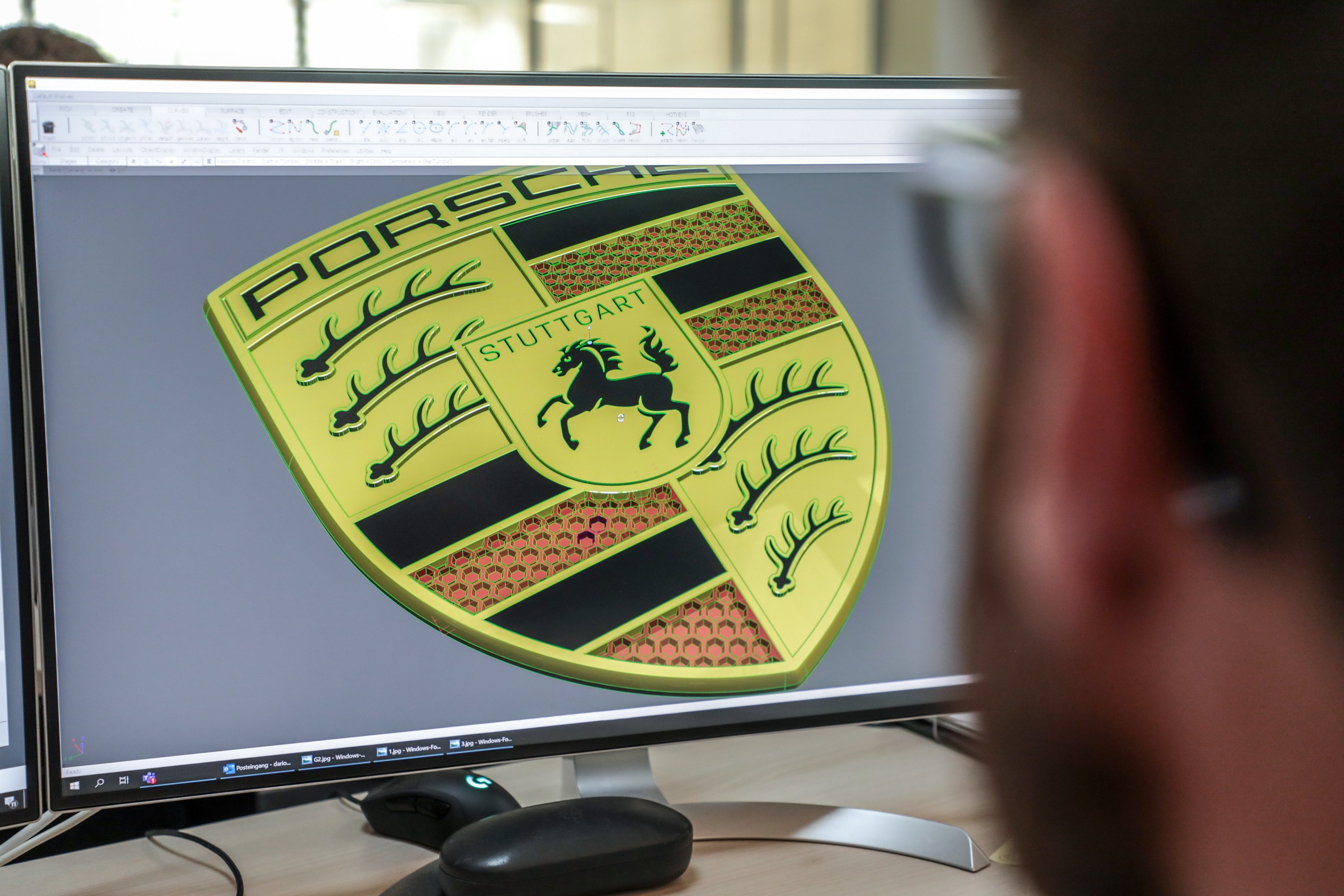
Shaping the new badge
It's taken three years to shape this badge, both as a three-dimensional physical object to adorn the cars and as a 2D logotype that’ll been seen around the world both digitally and in printed matter. The process was overseen by Joachim Paetzel, specialist for colour and trim at the brand.
Receive our daily digest of inspiration, escapism and design stories from around the world direct to your inbox.
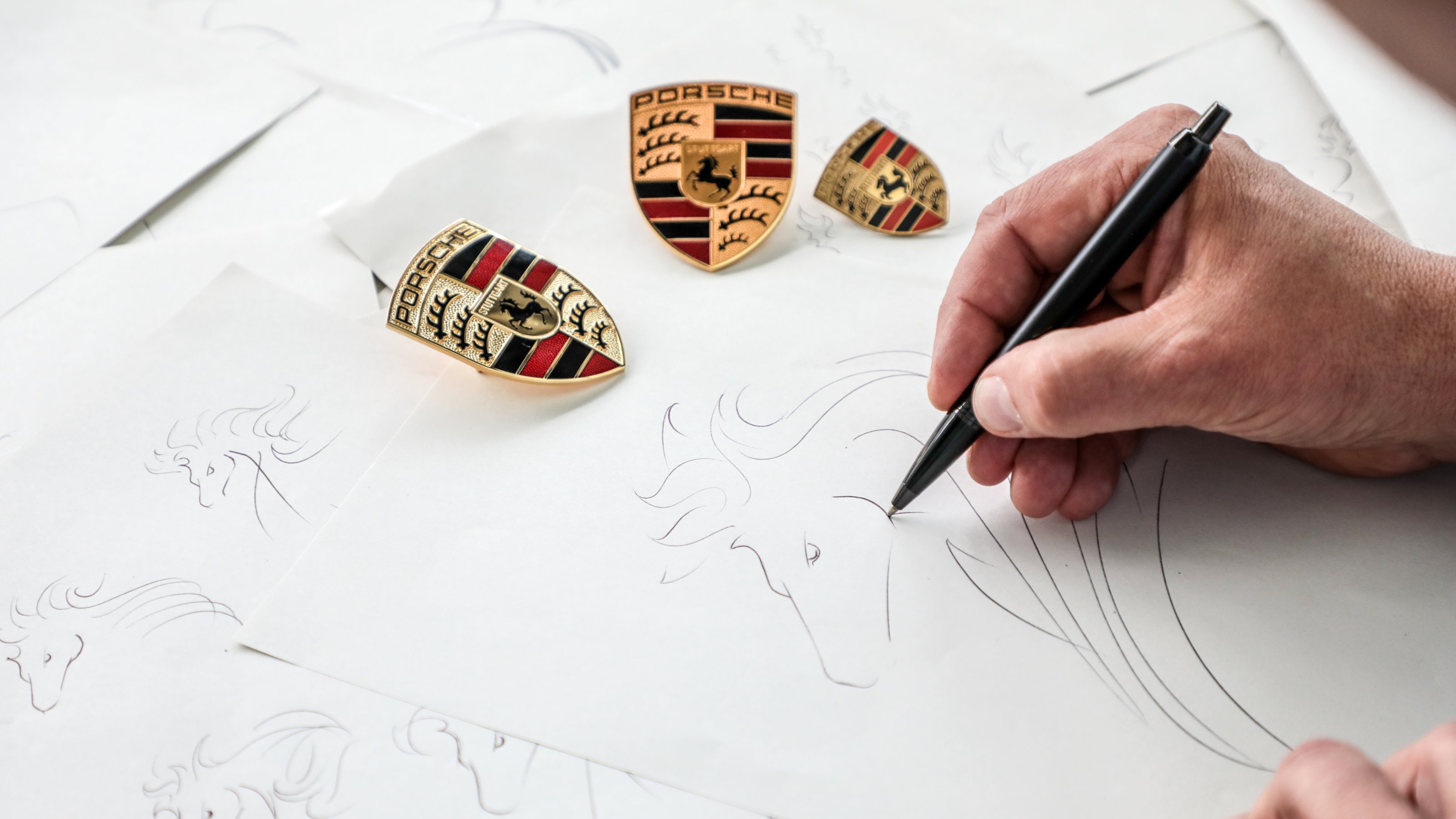
The iconic horse motif has been completely redrafted
Every facet is different, included a softer coloured gold, a finely tapered bevel around the edge, the application of clear brushed metal surfaces behind the antlers and a new 3D honeycomb pattern for the red stripes. The word ‘Stuttgart’ now uses Porsche’s own typeface and the horse itself has been redrawn to be bolder and less stylised.
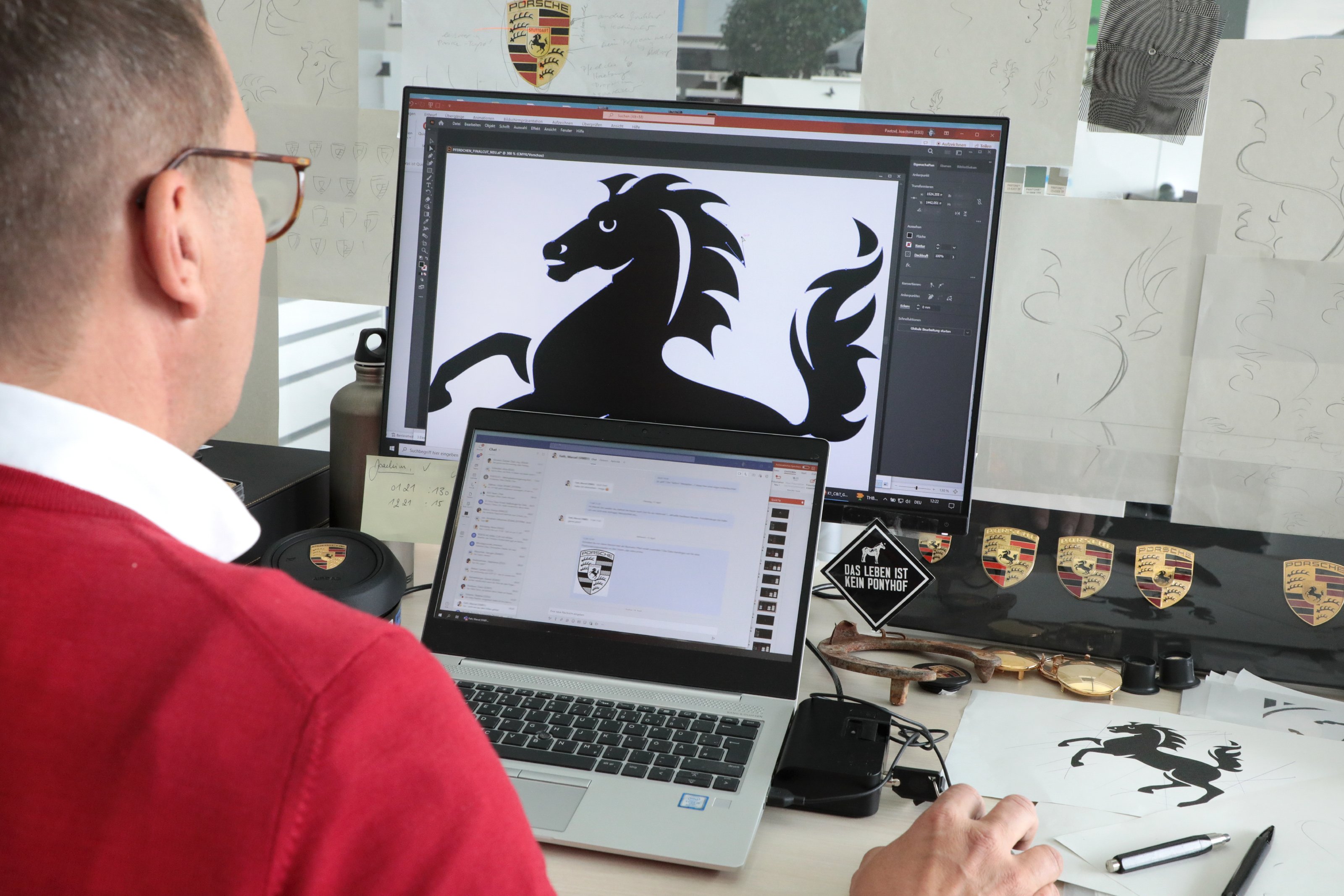
The original crest was given a refresh in 1954, then again in 1963, 1973, 1994, 2008 and finally in 2014. This new badge will make its debut on the new Porsche Panamera, due at the end of 2023. The company keeps historic badges in production, however, as the Porsche Classic restoration service needs to have access to every conceivable part. With 75 years of heritage to preserve, plus high hopes of at least another 75 to come, brand identities are precious enough to need continuous care.
Jonathan Bell has written for Wallpaper* magazine since 1999, covering everything from architecture and transport design to books, tech and graphic design. He is now the magazine’s Transport and Technology Editor. Jonathan has written and edited 15 books, including Concept Car Design, 21st Century House, and The New Modern House. He is also the host of Wallpaper’s first podcast.
-
 The best way to see Mount Fuji? Book a stay here
The best way to see Mount Fuji? Book a stay hereAt the western foothills of Mount Fuji, Gora Kadan’s second property translates imperial heritage into a deeply immersive, design-led retreat
-
 12 fashion figures reveal their style resolutions for the year ahead
12 fashion figures reveal their style resolutions for the year aheadAs 2025 comes to a close, we ask the Wallpaper* style community – from Willy Chavarria and Stefan Cooke to Craig Green and Torishéju Dumi – their New Year's resolutions
-
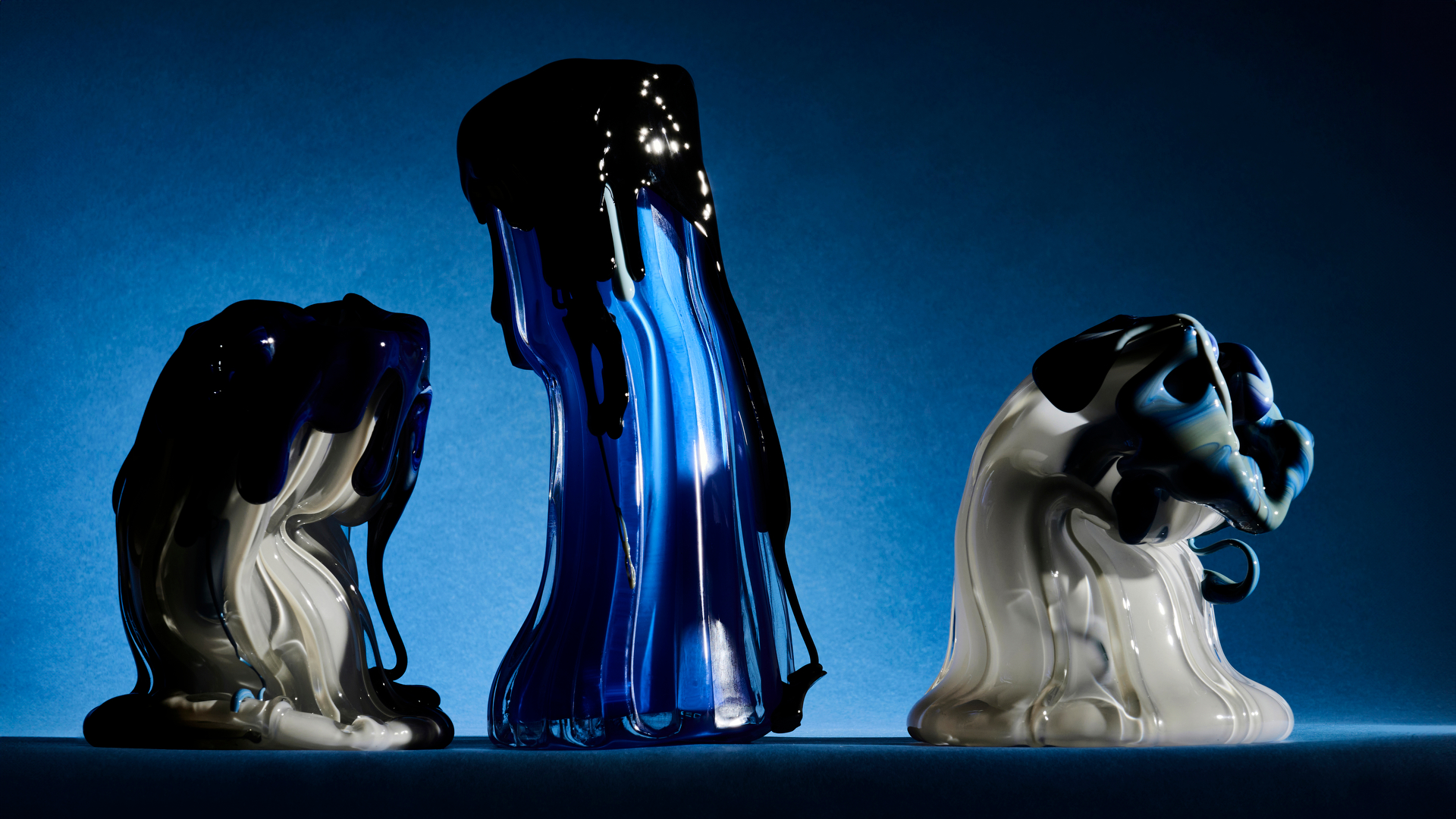 Glass designer Silje Lindrup finds inspiration in the material's unpredictability
Glass designer Silje Lindrup finds inspiration in the material's unpredictabilityWallpaper* Future Icons: Danish glassmaker Silje Lindrup lets the material be in charge, creating a body of work that exists between utility and experimentation
-
 New Porsche Cayenne Electric makes a case for a sporting life with lashings of technology
New Porsche Cayenne Electric makes a case for a sporting life with lashings of technologyThe next-gen Cayenne gets its first all-electric model, a mighty SUV that’s also the first Porsche with wireless charging
-
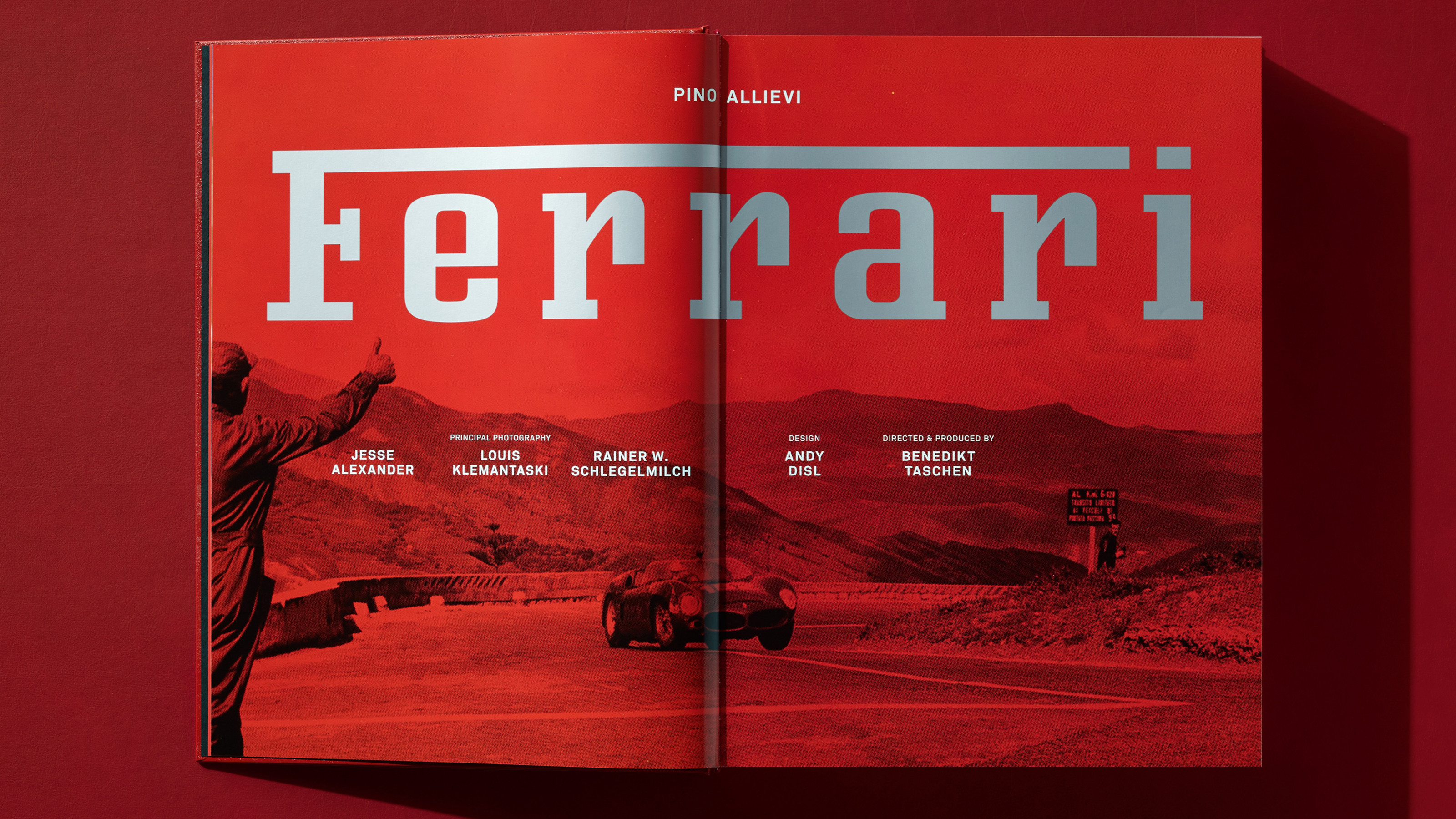 Taschen’s all-encompassing history of Ferrari is a mighty monograph for a mighty brand
Taschen’s all-encompassing history of Ferrari is a mighty monograph for a mighty brandAt nearly 700 pages, this new book from Taschen is the ultimate gift for the Ferrari fan in your life, spanning the brand’s history on road and track from inception through to the present day
-
 All the new electric cars and concepts revealed at Munich’s IAA Mobility 2025
All the new electric cars and concepts revealed at Munich’s IAA Mobility 2025Munich’s alternative motorshow is now in its third iteration, combining a traditional exhibition space with a conference and large-scale public activations on the streets of the city
-
 How will future car interiors take shape? London studio NewTerritory has a vision for automotive design
How will future car interiors take shape? London studio NewTerritory has a vision for automotive designDesign studio NewTerritory has set up a new automotive division to explore the future of car interiors. We interrogate the team
-
 KAMManufaktur transforms the 1960s-era Porsche 912 into a refined restomod GT
KAMManufaktur transforms the 1960s-era Porsche 912 into a refined restomod GTThe KAMM 912T is a restomod Porsche for the more discerning collector, a rebuilt and re-engineered car that favours analogue feel and simplicity over all-out power
-
 All the best bits from Goodwood Festival of Speed 2025
All the best bits from Goodwood Festival of Speed 2025As car makers switch their allegiance to the sunny West Sussex countryside as a place to showcase their wares, a new generation of sports cars were sent running up that famous hill
-
 This Porsche surfboard collaboration captures the spirit of 1970s Southern California
This Porsche surfboard collaboration captures the spirit of 1970s Southern CaliforniaThe Porsche 911 Carrera RS 2.7 is the inspiration for the company’s second collaboration with California’s Almond Surfboards, featuring a custom-made board and limited-edition apparel and accessories
-
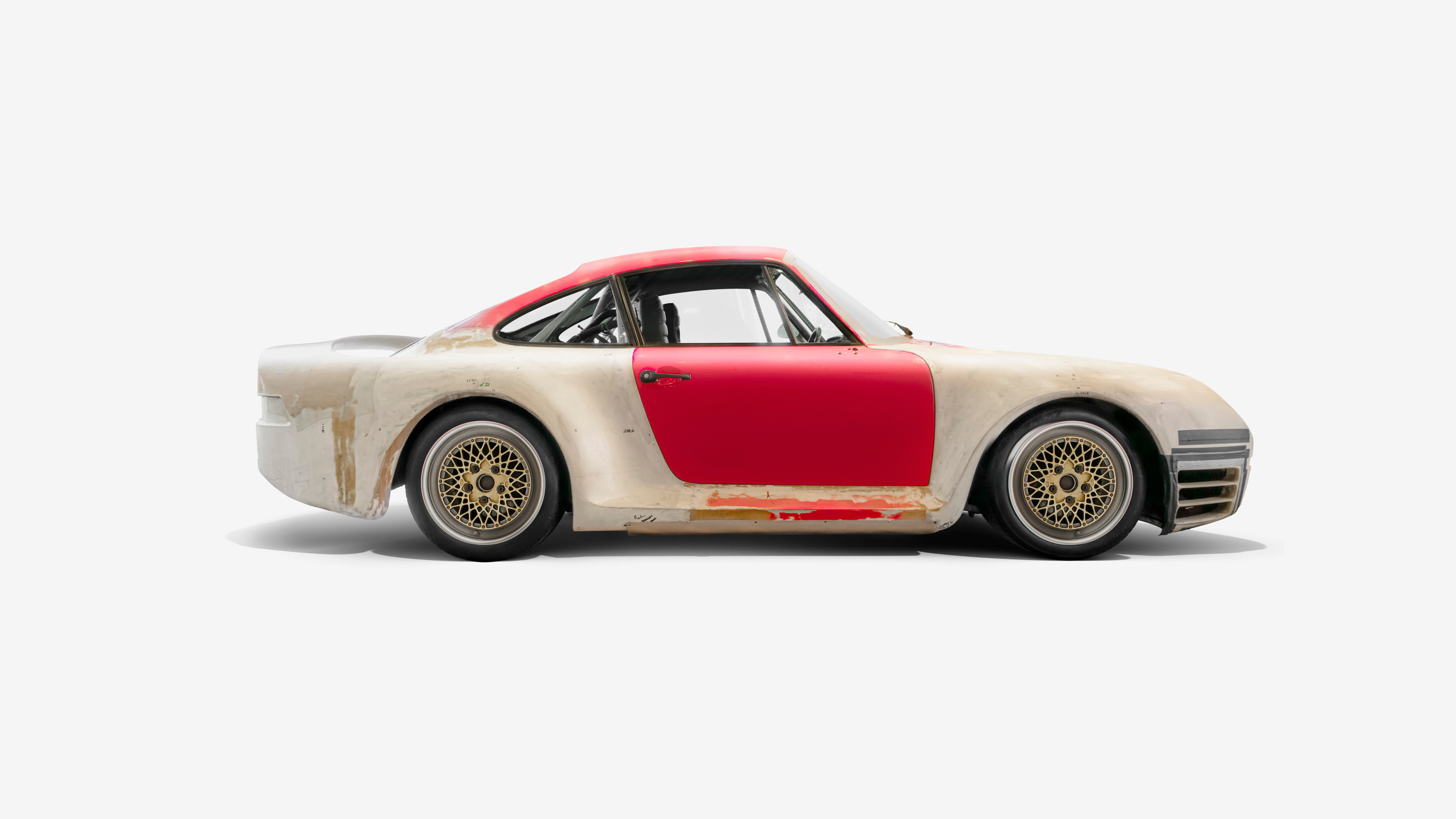 ‘Wundercar’ celebrates the ineffable aura of the Porsche 959, the first true hypercar
‘Wundercar’ celebrates the ineffable aura of the Porsche 959, the first true hypercarCurated by London creatives INK, ‘Wundercar’ is a London exhibition dedicated to the image and influence of Porsche’s seminal 959, a true icon of 1980s engineering